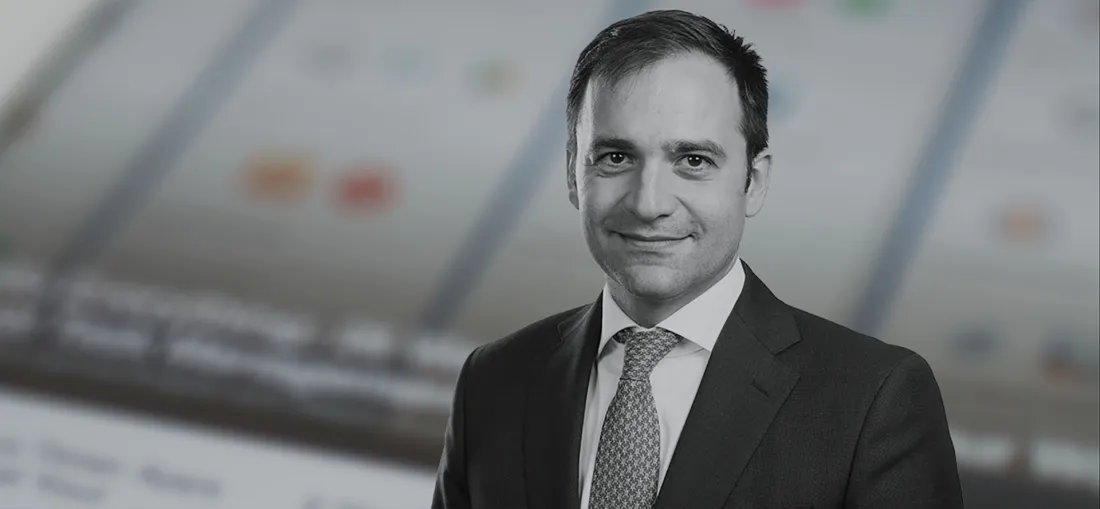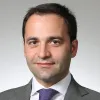El País interview with Kalin Anev Janse

Interview with Kalin Anev Janse, Chief Financial Officer and Management Board Member of the ESM
Published in El País (Spain)
Interview conducted on 15 October 2021
Date of publication: 26 October 2021
Interviewer: Bernardo de Miguel Renedo
El País: Is ESG just a new trendy label or do you perceive a real change in investor behaviour and demands?
Kalin Anev Janse: I think there is a real change. In the last five to 10 years this market has gone from being little more than an emerging market to one of the major transformations in financial markets these days. Just this month the global ESG bond market surpassed the two trillion dollar mark for the first time. It is one of the fastest growing assets. This is real change, not just marketing.
Some non-governmental organisations often complain that green or social bonds sometimes finance investments that do not meet these criteria at all.
ICMA [International Capital Markets Association] has created frameworks for social and green bonds, which can be used to demonstrate the use of the money raised. But it is true that there are still questions about certain areas, whether they are green or not. And in that area we need real regulation, which at the global level does not yet exist. Europe has taken the lead with the development of its taxonomy, which is the first global attempt to regulate this market and to establish what is green and what is not. A social taxonomy is expected to follow in the future.
But how useful is this taxonomy given that it does not specify, for example, whether nuclear energy or natural gas production is green or not?
Whenever a world-first standard is developed, there are always questions and discussions. Moreover, there are no other models to learn from. We cannot study what has been regulated in the USA, Asia or Africa because nothing has been done anywhere. Europe is really the first. As we go through this exercise, it will become clear which sources in the energy mix are green or not. The fact that Europe is first shows that we want to take the lead. Almost 60% of the two trillion dollars of ESG bonds have been issued in the European region and only 17% in North America. The euro is the dominant currency in that market.
Will Europe be able to maintain that leadership if the US or China moves into this market?
I think Europe has the potential to consolidate its ESG leadership. What makes Europe very strong is that we set the highest standards in many areas globally. When a company wants to market its products globally, it adapts its production to the highest standard and that is usually the European standard. If we take seriously the leadership we have in the ESG market and set standards that become a global benchmark, we will be able to maintain that leading position. The EU is a global regulatory powerhouse.
Do you think the current escalation in energy prices could jeopardise enthusiasm for green bonds?
Quite the opposite. I think it will push Europe to focus even more on creating a new and “greener” and less fossil fuel dependent energy mix. We see, for example, that one third of the European recovery fund Next Generation EU is going to be financed by green bonds and used for clean energy projects like wind farms or solar panels, which can lead to improved energy independence. This is an opportunity for Europe to step up its game. On 11 October, the European Commission issued its first green bond and there was a huge oversubscription, with 135 billion euros in demand for a placement of 12 billion euros. Spain also recently issued its first green Bond.
But companies and investors could be scared off if public opinion starts to identify the green label with higher prices.
Of course, energy prices affect citizens if they see their bills rising and we have seen that all political actors in Europe are discussing this issue. But any young European I talk to sees climate as the most important issue to solve for the future. They are convinced that action must be taken now and cannot wait. This happens in all parts of the world. When I speak to investors in Asia, for example, the climate issue is always discussed.
During the pandemic crisis, no eurozone country has asked the ESM for help, and now that the Next Generation EU fund has been set up, it doesn't look like they will do so for a long time. What is the future of the bailout fund?
At the end of 2020, there was an agreement to strengthen the ESM and give it a much broader mandate. Among other functions, we will have a stronger role in future economic adjustment programmes and crisis prevention, and provide the backstop for the bank resolution fund. We will focus on these tasks in the coming years. This will allow the euro area to become more resilient and better prepared for any future crises. We do not know when we will face another crisis.
Author

Contacts


